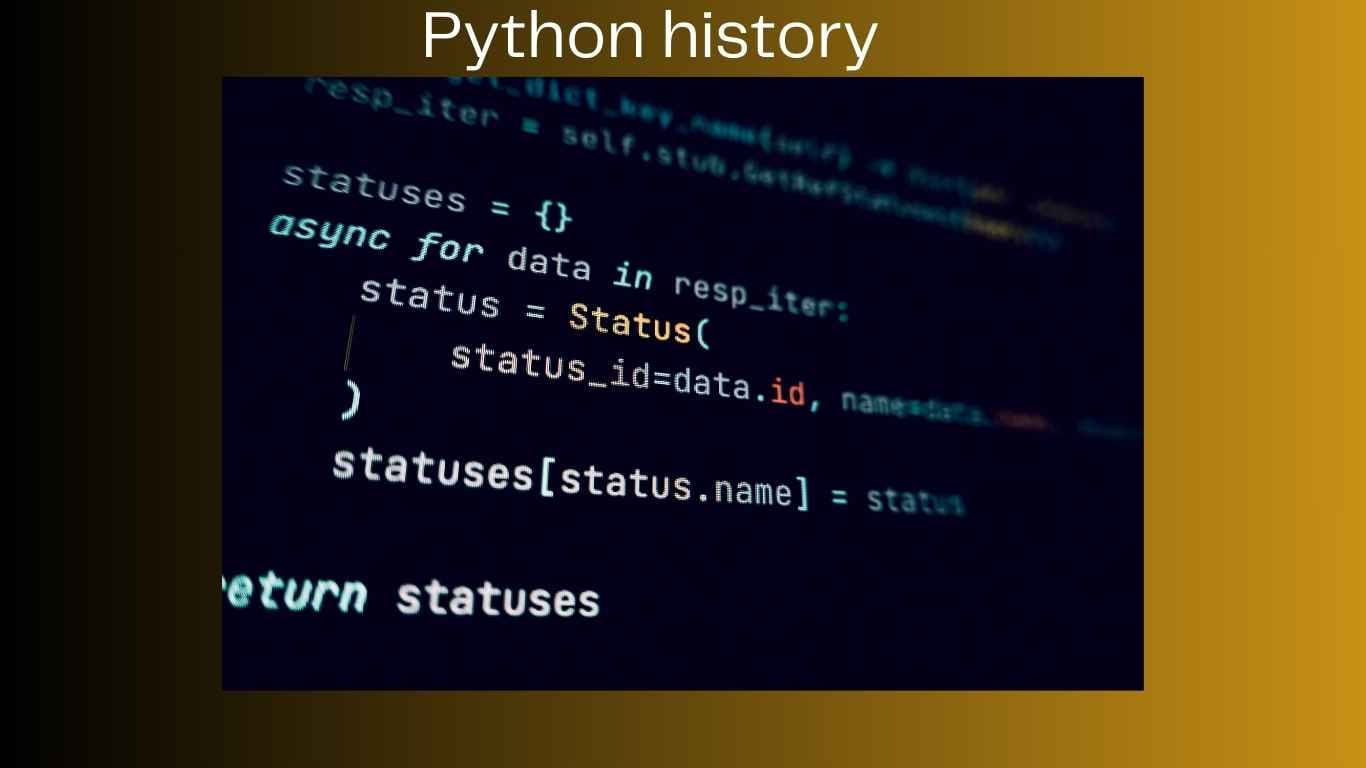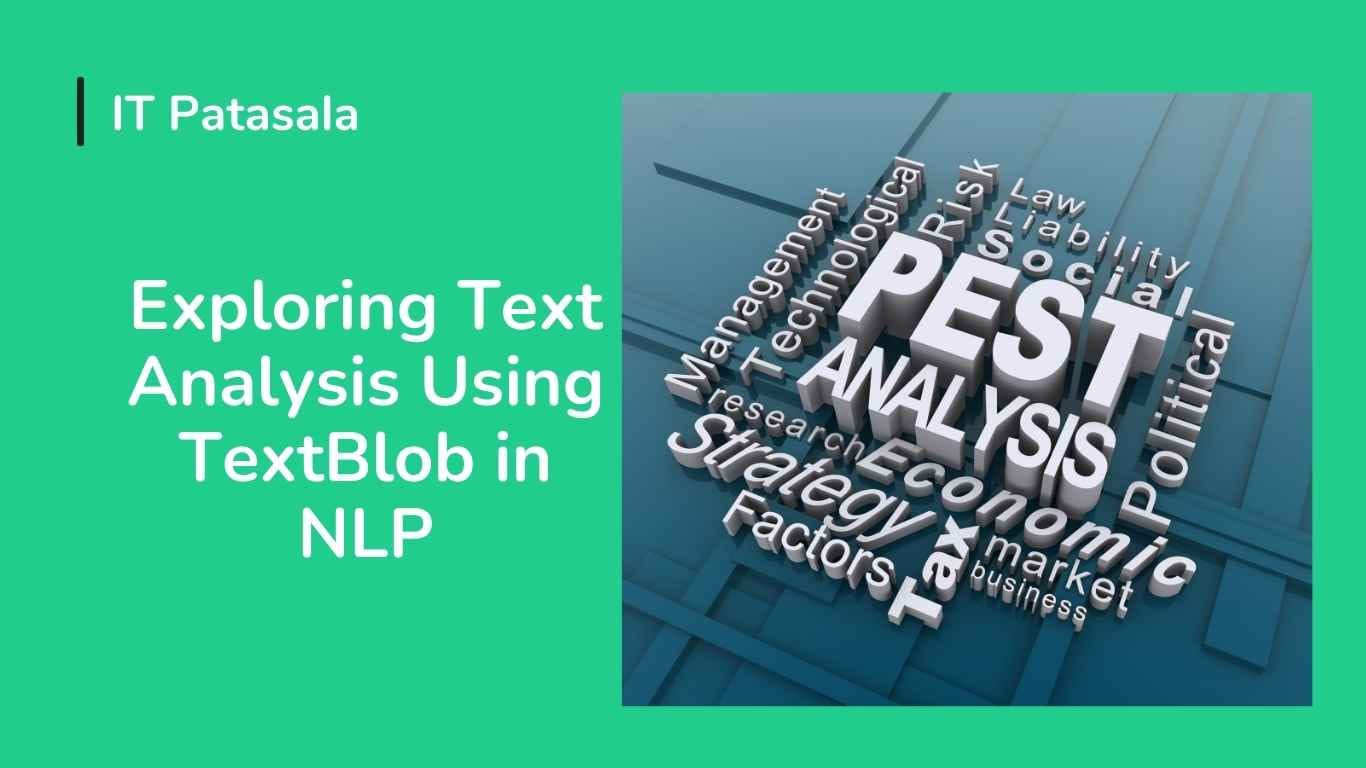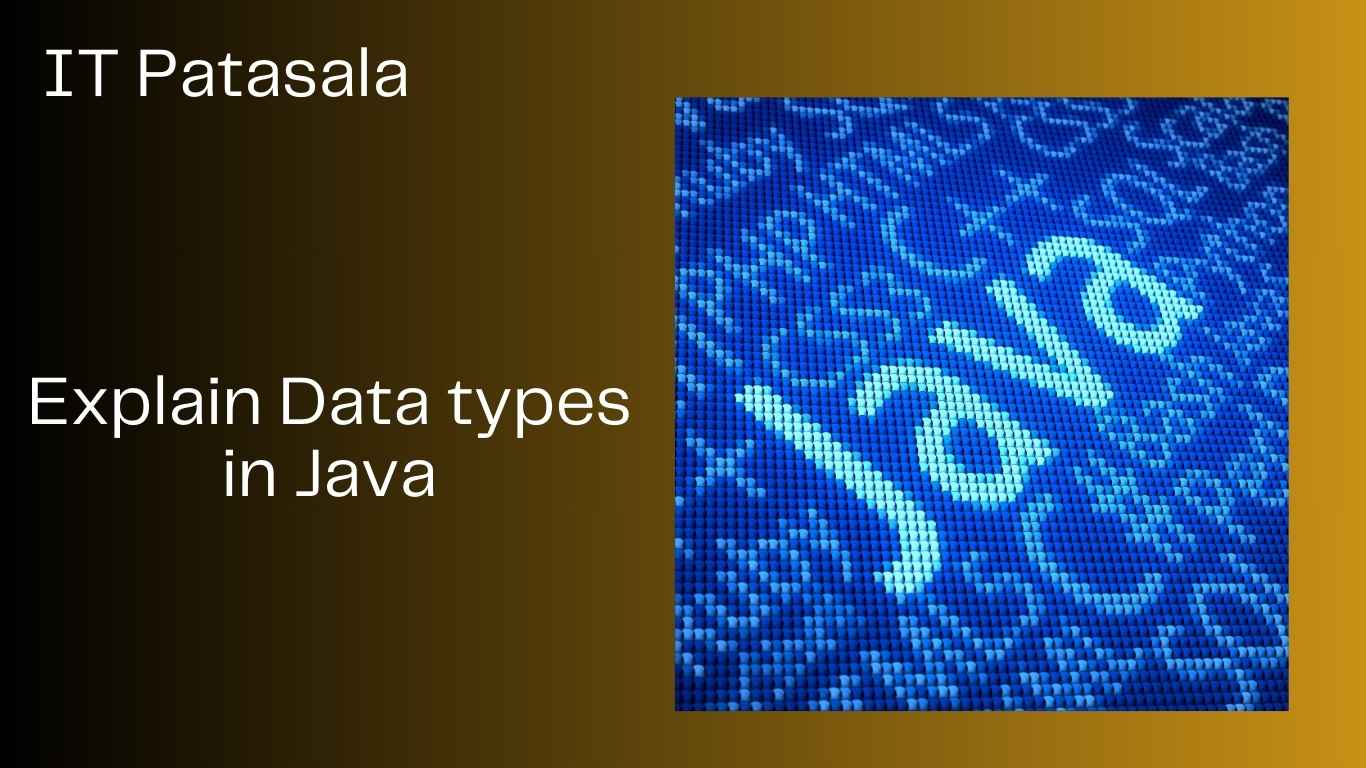Beginners Best guide to Python history in 2025
🐍 Python History: Evolution, Milestones, and Impact on Modern Programming
Python, one of the world’s most popular and beginner-friendly programming languages, has a fascinating history that spans over three decades. From its humble beginnings as a personal project by a Dutch programmer to powering companies like Google, Netflix, and NASA—Python’s journey is a true evolution in the tech world.
In this blog, you’ll learn about:
- How Python started
- Why it was created
- Key milestones and version history
- Real-life use cases that shaped its rise
- What makes Python so important today
Table of Contents
👨💻 Who Created Python and Why?
Python was created by Guido van Rossum, a Dutch programmer working at Centrum Wiskunde & Informatica (CWI) in the Netherlands in the late 1980s.
Van Rossum wanted to build a language that was:
- Easy to read and write
- Open-source and accessible
- Powerful yet minimalistic
- Good for both scripting and large systems
He started developing Python as a side project during his Christmas holidays in 1989. His goal? To create a language that removed the complexity and verbosity seen in many other languages like C and Perl.
“I wanted a language that was easy to teach and even easier to use.” — Guido van Rossum
📅 When Was Python Released?
The first version of Python, Python 0.9.0, was released in February 1991. It already included key features like:
- Classes with inheritance
- Exception handling
- Core data types (str, list, dict, etc.)
- Functions and modules
This first release was published on the alt.sources newsgroup and got immediate attention from the programming community.
📈 Why Is It Called Python?
No, the name Python doesn’t come from the snake!
Guido van Rossum was a fan of the British comedy group Monty Python’s Flying Circus. He wanted a name that was “short, unique, and a bit mysterious.” So, he named it Python as a tribute to the show.
This sense of humor and lightness reflects in the language design too—Python emphasizes simplicity, readability, and ease of use.
🔑 Python’s Philosophy
Python is guided by a unique philosophy, known as “The Zen of Python”, which includes these principles:
- Beautiful is better than ugly
- Simple is better than complex
- Readability counts
- There should be one—and preferably only one—obvious way to do it
You can view this in Python by running:
import this
This simple command prints all 19 aphorisms of Python’s design philosophy!
🕰️ Major Milestones in Python’s History
Let’s walk through the most important milestones that shaped Python:
🏁 Python 1.0 – The Beginning (1991)
Python 1.0 was released in January 1994 and included:
- Functional programming tools (map, filter, reduce)
- Lambda, exception handling
- Support for modules
Despite being a new language, Python already showed signs of becoming a general-purpose language.
🚀 Python 2.0 – A Leap Forward (2000)
Released in October 2000, Python 2.0 brought major improvements:
- List comprehensions
- Garbage collection via reference counting
- Unicode support
However, Python 2 had limitations—especially around inconsistent syntax, which eventually led to the need for Python 3.
🌐 Python 3.0 – Breaking Backward Compatibility (2008)
Python 3.0 was launched in December 2008 and was not backward-compatible with Python 2. It aimed to fix design flaws:
Key features included:
printas a function:print("Hello")- Better Unicode support
- Integer division changed (
5 / 2 = 2.5,5 // 2 = 2) - Improved standard library
Though controversial at the time, Python 3’s vision aligned with the future of clean, modern development.
Python 2 officially reached end-of-life in January 2020.
📅 Python Version Timeline (with Highlights)
| Version | Release Year | Key Features |
|---|---|---|
| Python 1.0 | 1994 | Functional programming, exceptions |
| Python 2.0 | 2000 | Unicode, garbage collection |
| Python 3.0 | 2008 | Print function, integer division |
| Python 3.5 | 2015 | Async/await support |
| Python 3.6 | 2016 | f-strings, type hints |
| Python 3.7 | 2018 | Data classes, performance boosts |
| Python 3.9 | 2020 | Dictionary merging, new parser |
| Python 3.11 | 2022 | Massive speed improvements (~60%) |
| Python 3.12 | 2023 | Improved error messages, new syntax tools |
🔍 Why Did Python Become So Popular?
1. Readability and Simplicity
Its syntax looks like English, which is great for beginners.
2. Community and Libraries
From NumPy to Django, there’s a library for almost everything.
3. Versatility
Used in web development, automation, AI, data science, and more.
4. Cross-Platform
Works on Windows, macOS, Linux, Raspberry Pi.
5. Great for Teaching
Python is the #1 language taught in universities.
🏢 Real-World Use Cases and Companies Using Python
- Google uses Python in system building and APIs.
- YouTube is largely written in Python.
- Netflix uses Python for content recommendations and automation.
- NASA uses Python for scientific calculations and simulations.
- Instagram backend runs mostly on Django (Python framework).
Example:
Netflix uses Python to monitor server activity, trigger automated healing processes, and generate video encoding pipelines—all thanks to Python’s ability to handle automation and real-time operations efficiently.
🎓 Why Students and Beginners Should Learn Python First
- Clean syntax = faster learning
- Immediate feedback via interpreted execution
- Huge community support
- Rich ecosystem for AI/ML, web, automation
- Tons of free resources and tutorials
If you’re new to coding, Python is the perfect starting point.
🤖 Python in the Age of AI and Data Science
Python became the default language for:
- Machine Learning (ML): TensorFlow, PyTorch, Scikit-learn
- Data Analysis: Pandas, NumPy
- Visualization: Matplotlib, Seaborn, Plotly
More than 80% of AI projects use Python because of its intuitive syntax and strong ML libraries.
📘 Fun Facts About Python
- Python has official “Easter Eggs” (like
import antigravity). - The first-ever Python web framework was Zope.
- Guido van Rossum worked at Google and Dropbox after creating Python.
- Python is used to teach AI to robots!
🔮 What’s the Future of Python?
- Python 3.13 and beyond will focus on performance and minimalism.
- Integration with AI tools will become more native.
- More sectors like finance, bioinformatics, and automation are adopting Python.
Python isn’t just surviving—it’s thriving and adapting with every wave of tech innovation.
✅ Final Thoughts: A Language That Changed the World
Python’s history is a story of vision, simplicity, and evolution. From a holiday hobby project to becoming the backbone of the modern digital age, Python proves that great things start small.
If you’re a student or aspiring developer, understanding Python’s history gives you a deeper appreciation for why the language works the way it does. It shows how coding can be both an art and a science—and how one person’s curiosity can shape the future of millions.
Also read these




